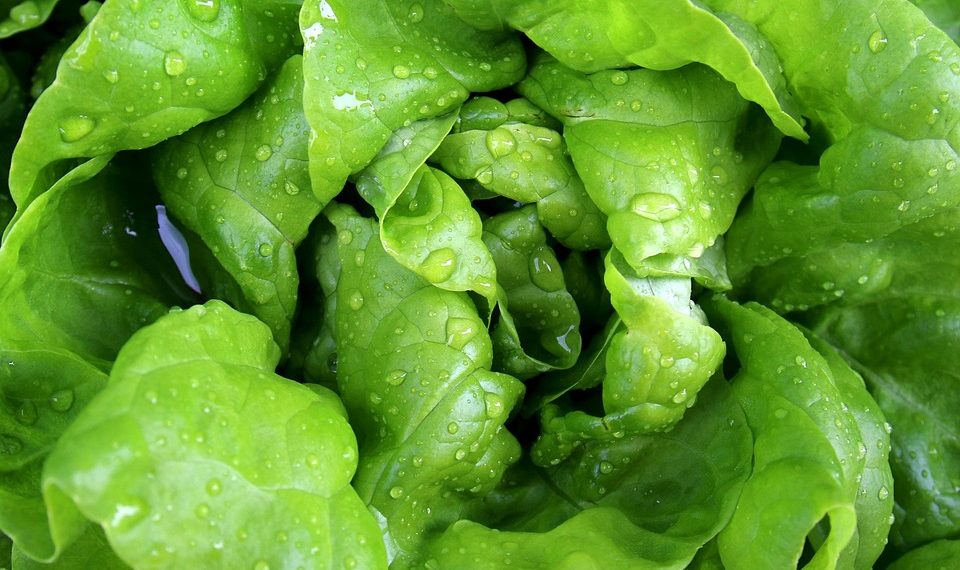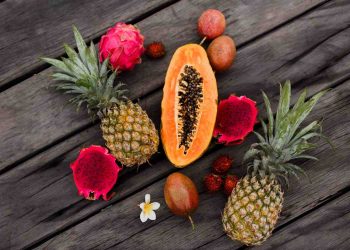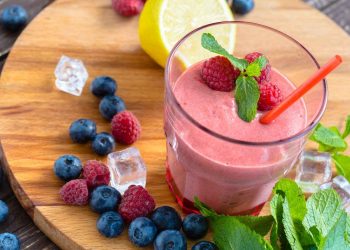Did you know that about 54 million Americans are at risk of developing osteoporosis? It’s a staggering number, and if you’re like me, you might be wondering how to keep those bones strong and healthy. While we often think of dairy as the go-to for calcium, leafy greens can play a significant role in bone health too. Let’s dive into five leafy greens that not only boost your bone density but also add a delicious crunch to your meals.
Contents
1. Kale: The Bone-Boosting Superstar
Why Kale?
Kale is often hailed as a superfood, and for good reason. Packed with vitamins K and C, calcium, and magnesium, kale is a powerhouse when it comes to bone health. Vitamin K is particularly important because it helps in calcium absorption and bone mineralization.
Nutritional Breakdown
- Calcium: About 150 mg per cup (cooked)
- Vitamin K: Over 1000% of the daily recommended intake per cup
- Magnesium: 2% of the daily value per cup
Pros and Cons
Pros:
- Versatile and can be added to smoothies, salads, or cooked dishes.
- High in antioxidants, which may reduce inflammation.
Cons:
- Some people find its taste a bit bitter, especially if eaten raw.
- Can interfere with thyroid function in large amounts for those with thyroid issues.
Personal Insight
I’ve noticed that incorporating kale into my smoothies not only gives them a vibrant green color but also a nutritional boost. Plus, the sweetness of fruits usually masks any bitterness!
2. Spinach: The Classic Green
Why Spinach?
Spinach is another leafy green that’s been a staple in diets for centuries. It’s rich in calcium, vitamin K, and magnesium—all essential for maintaining bone density. Plus, it’s easy to find and can be used in countless dishes.
Nutritional Breakdown
- Calcium: About 240 mg per cup (cooked)
- Vitamin K: Over 800% of the daily recommended intake per cup
- Magnesium: 20% of the daily value per cup
Pros and Cons
Pros:
- Mild flavor makes it easy to incorporate into various recipes.
- High in iron, which is great for energy levels.
Cons:
- Contains oxalates, which can inhibit calcium absorption—so balance is key!
- Cooking can reduce some of its vitamin content.
A Quick Tip
Try sautéing spinach with garlic and olive oil for a quick side dish. The flavors meld beautifully, and you get all the bone-loving benefits.
3. Collard Greens: Southern Comfort
Why Collard Greens?
Collard greens are often overlooked but are a fantastic choice for bone health. They’re rich in calcium and vitamin K, and their robust texture makes them ideal for hearty dishes.
Nutritional Breakdown
- Calcium: About 260 mg per cup (cooked)
- Vitamin K: Over 1000% of the daily recommended intake per cup
- Fiber: Good for digestion
Pros and Cons
Pros:
- Excellent source of fiber, promoting gut health.
- Can be used in place of tortillas for wraps.
Cons:
- May require longer cooking times to become tender.
- Can have a strong flavor that may not appeal to everyone.
Cooking Insight
I love making collard greens with a bit of smoked turkey for a Southern twist. The flavor is rich, and you’re getting a healthy dose of nutrients without even realizing it!
4. Bok Choy: The Asian Delight
Why Bok Choy?
Bok choy is a type of Chinese cabbage that’s not just a stir-fry staple; it’s also loaded with nutrients that support bone health. It’s low in calories but high in vitamins and minerals.
Nutritional Breakdown
- Calcium: About 120 mg per cup (cooked)
- Vitamin K: Over 50% of the daily recommended intake per cup
- Vitamin C: 30% of the daily value per cup
Pros and Cons
Pros:
- Low in calories, making it great for weight management.
- Crunchy texture adds variety to meals.
Cons:
- Can spoil quickly, so it’s best used within a few days of purchase.
- Not everyone enjoys the flavor.
A Fun Recipe Idea
Try making a simple bok choy salad with sesame oil and rice vinegar. It’s refreshing and packs a nutritious punch!
5. Swiss Chard: The Colorful Choice
Why Swiss Chard?
Swiss chard may not be as popular as some other greens, but it’s a nutritional powerhouse. With its vibrant colors, it’s not just a feast for the eyes but also for your bones.
Nutritional Breakdown
- Calcium: About 100 mg per cup (cooked)
- Vitamin K: Over 700% of the daily recommended intake per cup
- Potassium: Great for heart health
Pros and Cons
Pros:
- Beautiful colors make it visually appealing.
- High in antioxidants.
Cons:
- Can have a slightly bitter taste that some might not enjoy.
- Like spinach, it contains oxalates that can inhibit calcium absorption.
Cooking Tip
I often add Swiss chard to soups or stews. The flavors meld wonderfully, and you’re getting a nutritious boost without even noticing the greens!
FAQs
1. Can I get enough calcium from leafy greens alone?
While leafy greens are a great source of calcium, it’s important to have a balanced diet that includes other sources like dairy, nuts, and fish to meet your calcium needs fully.
2. How can I incorporate more leafy greens into my diet?
Try adding them to smoothies, salads, soups, or as side dishes. Experiment with different cooking methods to find what you enjoy most!
3. Are there any risks to eating too many leafy greens?
Yes, while they are healthy, some greens contain oxalates which can inhibit calcium absorption. Moderation is key!
4. Do leafy greens really help with bone density?
Yes! Leafy greens provide essential nutrients like calcium and vitamin K that are crucial for maintaining and improving bone density.
Conclusion
Incorporating these leafy greens into your diet can be a delicious and effective way to boost your bone density naturally. Whether you’re sautéing kale or tossing spinach into a salad, you’re not just eating your greens—you’re investing in your health. Remember, balance and variety are key, so don’t hesitate to mix and match these greens in your meals.
Let’s be real: while these greens are fantastic, they’re just one piece of the puzzle. Pair them with other nutrient-rich foods, and you’ll be on your way to strong, healthy bones.
This article is for educational purposes only and is not a substitute for professional medical advice. Always consult a qualified healthcare provider before making changes to your health routine.
References
- Weaver, C. M., & Heaney, R. P. (2006). Calcium. The American Journal of Clinical Nutrition, 83(6), 1585S-1595S. https://doi.org/10.1093/ajcn/83.6.1585S
- NIH. (2021). Calcium and Bone Health. National Institutes of Health. https://ods.od.nih.gov/factsheets/Calcium-HealthProfessional/
- Mayo Clinic. (2021). Osteoporosis. Mayo Clinic. https://www.mayoclinic.org/diseases-conditions/osteoporosis/symptoms-causes/syc-20317709
Get Your FREE Natural Health Guide!
Subscribe now and receive our exclusive ebook packed with natural health tips, practical wellness advice, and easy lifestyle changes — delivered straight to your inbox.














